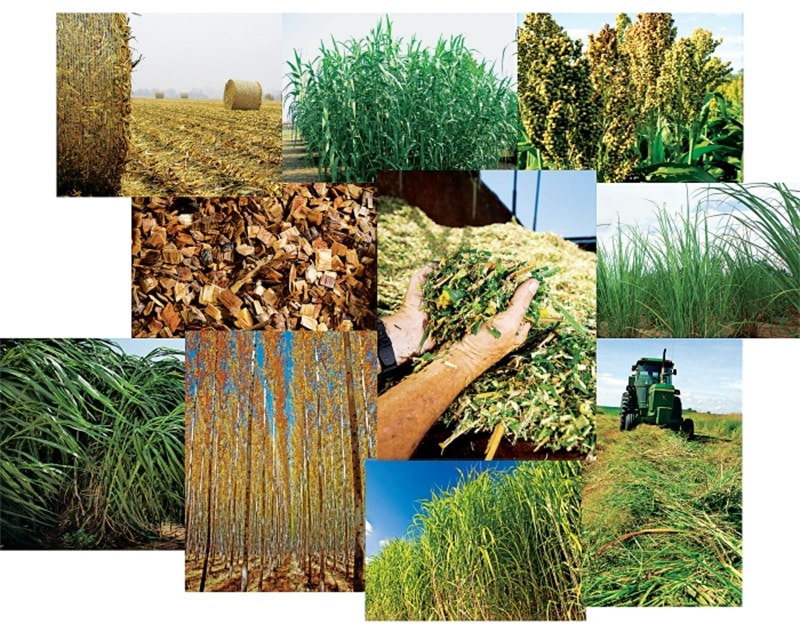
Chemical feedstocks are vital in fueling and manufacturing products in several industries. As the raw materials for various processes, these substances are usually unprocessed and serve as either bases or later components to the final output in industrial operations.
Scientists have spent years studying and manipulating chemicals to serve industry needs better. Consequently, all manufacturing processes require thorough research and accreditation to pursue their niche. All of the materials in every step are also pre-approved and well-studied before they are incorporated into the equation.
It is integral that there be a variety of chemical feedstocks in each industry since these elements are what set optimal production and calibrate the energies of most manufacturing plants. Therefore, businesses and organizations must have a deeper understanding of chemical feedstocks and their respective functions. Fortunately, to better understand the topic, we have gathered the most used chemical feedstocks and their uses here.
Organic Vs. Biomass
Before we look at the numerous examples of chemical feedstocks, let us define the two most common categories they belong to.
First, organic chemical feedstocks are named because it follows the principle that substances with a carbon backbone are classified as organic. These compounds are also often produced by living organisms, making biomass part of this classification. However, despite the technicality, the two have significant differences, one being their sustainability.
Biomass is generally more sustainable since its reproduction is renewable, whereas other organic feedstocks are usually limited and non-renewable, such as petroleum and other fossil fuels. Now, let’s enumerate the most common feedstocks under the two categories.
Biomass Chemical Feedstock

Biomass feedstocks are raw materials derived from plants and animals to enable chemical manufacturing further. Gasification or pyrolysis are the two methods that convert biomass into usable forms.
For example, waste products, peels, and plants are repurposed to function as fuel for industrial processes. These elements fall under four categories, namely, industry waste, agricultural waste, biofuel crops, and oil crops.
Ethanol
Depending on which process it undergoes, ethanol is commonly used as a chemical feedstock to generate biofuel crops or agricultural waste. Alternatively, the generation of this material requires its own feedstock as well.
The majority of ethanol production today is derived from starch and sugar-based feedstocks, making almost any plant a viable source. Ethanol will then catalyze further chemical reactions that can lead to the creation of butanol, methane, and even gasoline.
Lignosulfonate
Sulfite pulping of wood pulp produces lignosulfonates, which have a wide array of industrial uses. First, the substance is a precursor to the production of dimethyl sulfide and dimethyl sulfoxide, both of which are solvents. Furthermore, when oxidized, the material produces vanillin (vanilla flavor) and serves as a standard chemical feedstock.
Other industrial uses of lignosulfonates include their ability to disperse insoluble solids and liquids, as well as distribute carbon black, dyes, and pesticides. In addition to being a feedstock for multiple products, it helps in generating tannin for leather and humectants for water treatments.
Vegetable Oils
This byproduct derived from plants such as sunflower, rapeseed, and corn are precursors in the chemical manufacturing of biodiesel through the process of transesterification. Initially, the rise of interest in improving vegetable oils was brought about by the alarming lack of crude oil-based fuels.
In the hopes of creating an alternative or a solution to crude oils, scientists started working on vegetable oils as feedstock to develop biofuels instead. As a result, the substance is now commonly used in manufacturing biodiesel.
Organic Feedstock
On the other hand, the organic or carbon-containing feedstock is a more common yet non-renewable type of feedstock. Moreover, this kind of material, being more of an umbrella term, also uses gasification and pyrolysis. However, its processes are better captured as organic synthesis.
HMDSO
HMDSO (Hexamethyldisiloxane) furthers chemical processes by acting as a solvent or reagent in organic synthesis. The substance is most commonly used in crystallizing lipophilic compounds.
Common industry uses of HMDSO include the production of silicone oil, water repellents, and liquid bandages. The chemical component of HMDSO is also utilized extensively in surface modification since its gas form allows low-pressure plasma to create coatings with methyl and methylene groups.
Carbon Dioxide (Dilute)
One of the simplest forms of chemical feedstocks is carbon dioxide. Similar to other examples, it is utilized as starting material for organic synthesis for products used in manufacturing processes, mainly for pharmaceutical products.
Most are more familiar with the atmospheric form of carbon dioxide, but industries use a dilute of the component sequestration and utilization. One of the largest sectors where the substance is used is in generating Urea, C(O)(NH2)2 to produce nitrogen fertilizers. It is also a vital part of making salicylic acid for various pharmaceuticals.
Fossil Fuels

In the chemical industry, chemicals such as butane, methane, and propylene require a petroleum feedstock for gasoline production. It is one of the most well-known feedstocks that consumers have a general understanding of.
Coal, petroleum, and crude oil are standard bases that function as feedstock for the manufacturing of petrochemicals. However, shockingly only 9-10% of the material is used for the process.
Fossil fuels, aside from being well-known, are also one of the most controversial chemical feedstocks. Since its utilization, it has caused drastic fluctuations in the energy market and has been detrimental to our current environmental state.
Methane
Finally, one of the most abundant substances for scientific use is methane. Scientists have realized its value in the formation of methanol and ammonia and as a fuel in its base form. However, as a feedstock, this material best benefits organic chemical producers in terms of price compared to other options.
Methane is also a diverse chemical compound that is rich in industrial content. First, it is a reliable source of organic chemicals and hydrogen, which are vital precursors to numerous processes.
Additionally, the material combined with steam and high temperatures yields carbon monoxide, which may be detrimental to our health but is useful in producing the items we use in our daily lives. The hydrogen component of methane is also what is being used in creating ammonia found in explosives and fertilizers.










